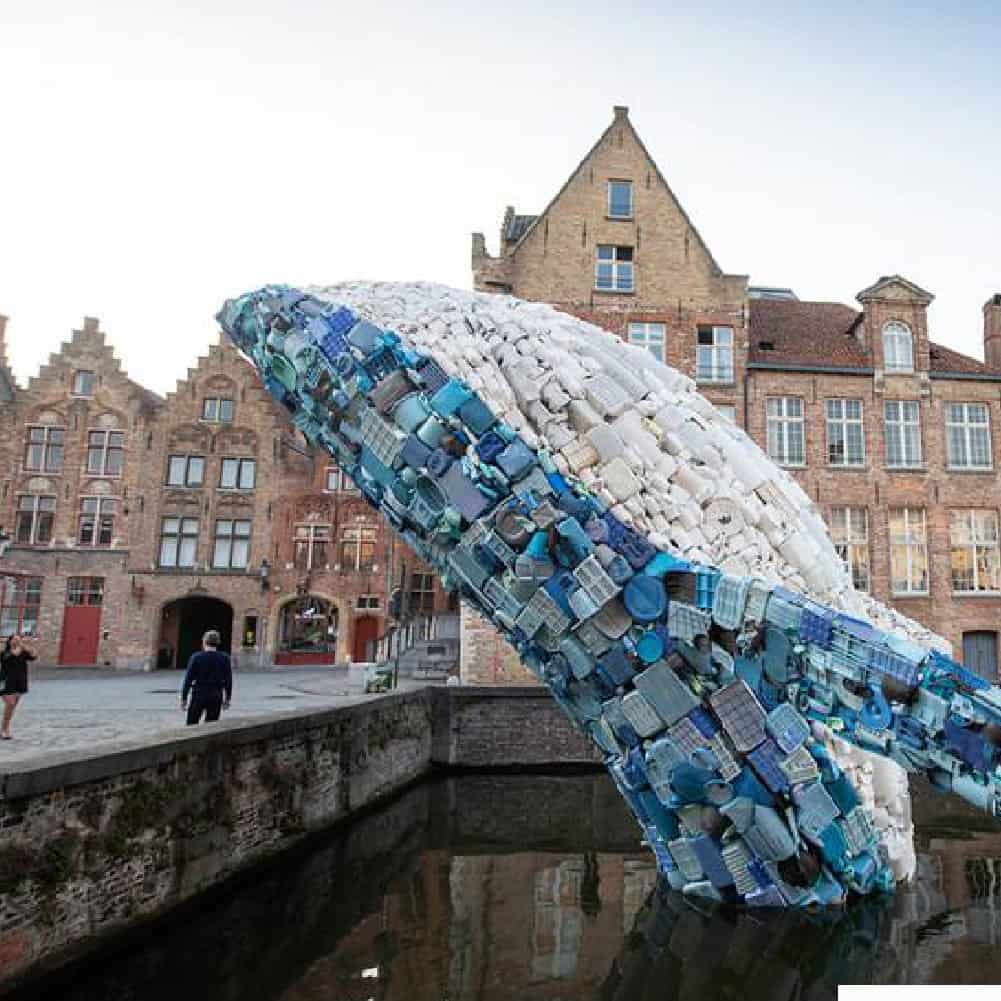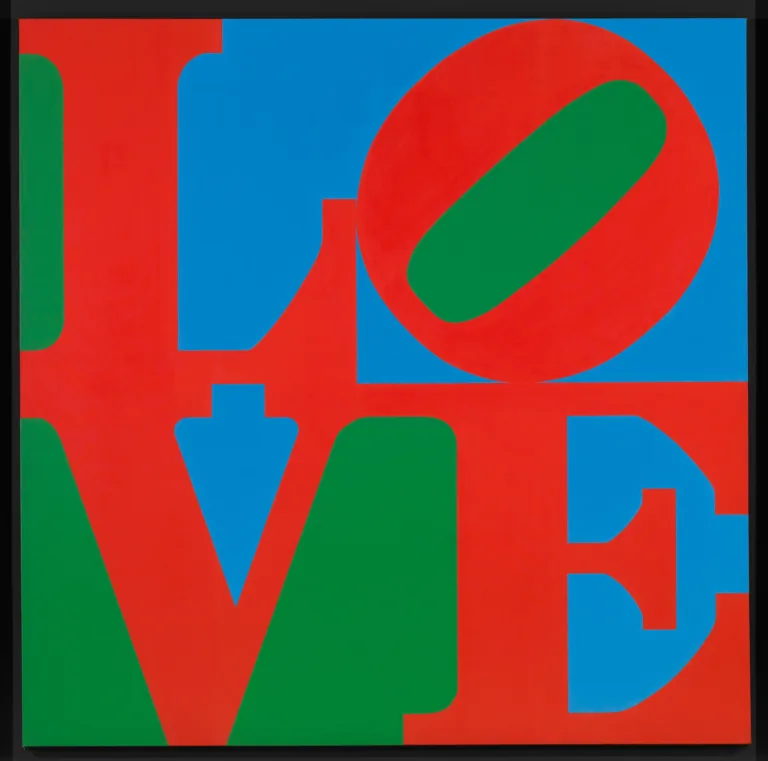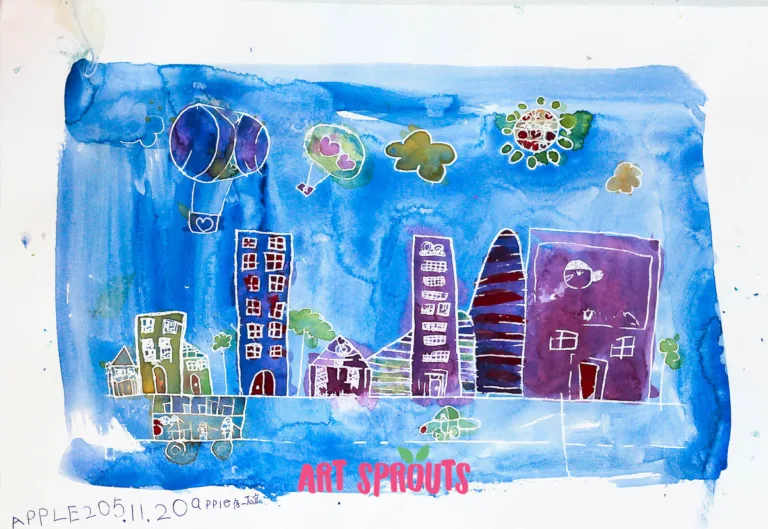How to teach Chagall’s art? Thoughts on art and storytelling

Why Chagall?
I was thirteen and about to start art school when 150 of Chagall’s painting arrived in Turin for an incredible exhibition of the artists’ oeuvre.
To this day, I remember the guided tour I joined with my parents and the incredible journey we did through Chagall’s art and life: 19th century Russia, the revolution, communism, Judaism, the Holocaust, but also love, marriage, and senility. As a teenager, I very likely lacked the necessary knowledge and experience to fully appreciate the man, but, as an avid reader, I devoured those canvases like there were novels. I might not have understood the stories, but oh boy, did I enjoy the ride.
Fifteen years (sig!) have passed since then. That thirteen years old had meanwhile left home, went to China, studied art (for an absurd amount of years), experienced losses and love, built a relationship, and eventually, maybe, became an adult herself.
What I did not do was outgrow the fascination with Chagall’s art: instead, those stories became relatable to me, almost familiar. Of course, I will never really feel his nostalgia for the Russian village. But I now understand the struggles of being a foreigner, of defining ones home, on representing not just oneself but a whole culture. I can recognize the euphoria of the young love and the peaceful feeling of not being alone, of having a partner to float through life’s events with.

Why now?
The reason I have decided to write about Chagall today is, in fact, another exhibition I have visited last November, this time of the illustration series he created for Vollard’s edition of La Fontaine’s fable.
Even though I wanted to keep it limited to these works, I just couldn’t resist diving back into the Chagall’s universe.
Between existing class plans and new activities, there was a lot of material to make sense of. After some thoughts, I have decided that the best way to introduce Chagall’s art would be to so as if it was literature. Let me explain.
Rather than talking about single artworks, I will instead be talking about a “narrative universe”, a self-consistent set of character and locations where stories (well, paintings) take place.
The bulk of classes is divided into two main thematic blocks: the Chagall’s personal universe, and the La Fontaine’s universe.
From Chagall’s narrative universe:
What do you think? Share your thoughts in the comments below!








